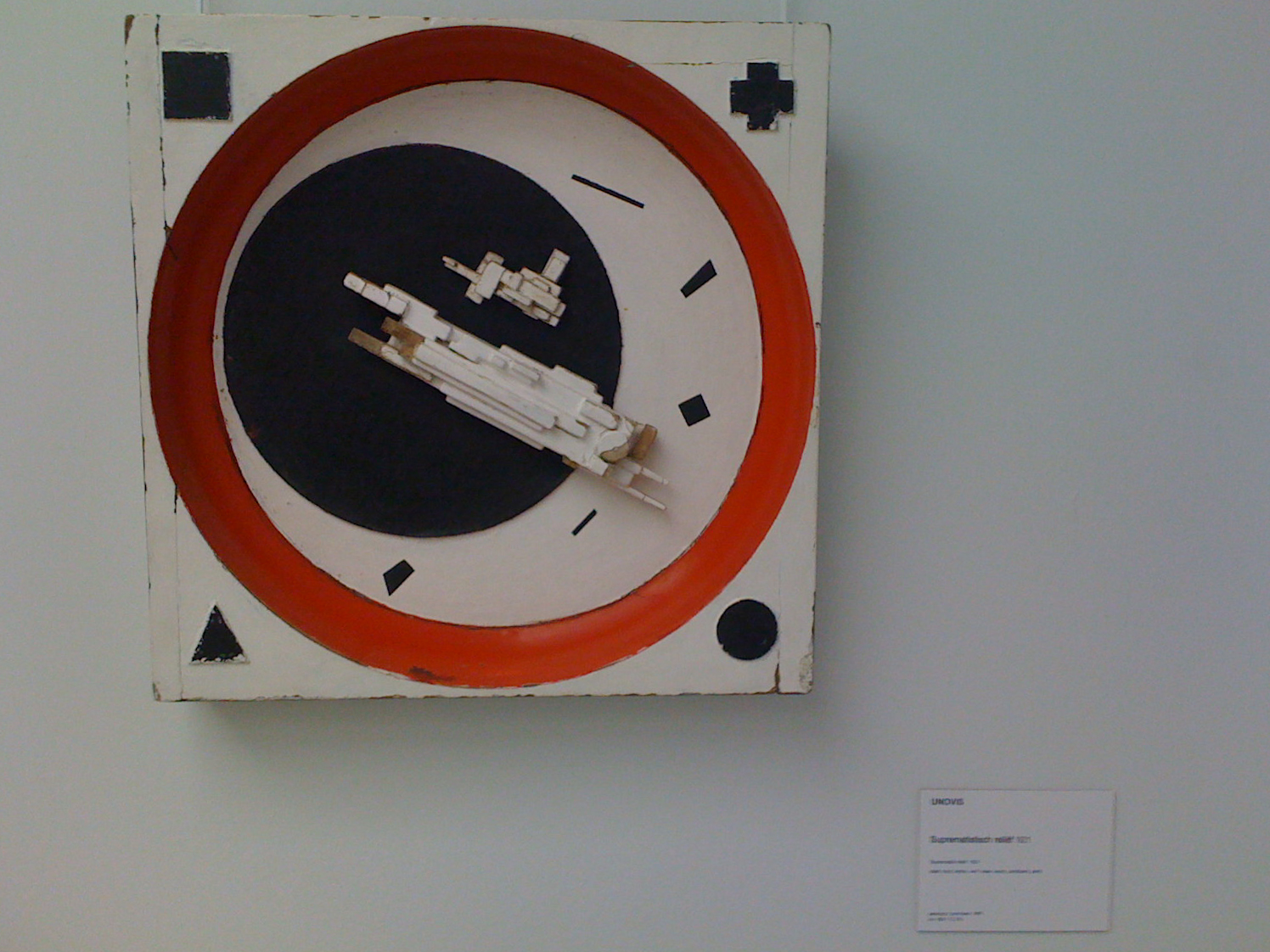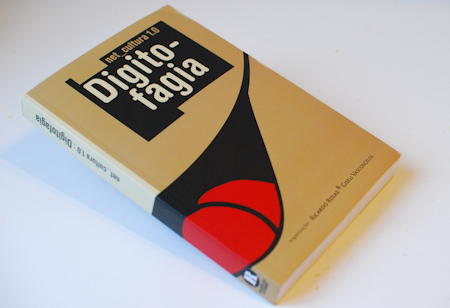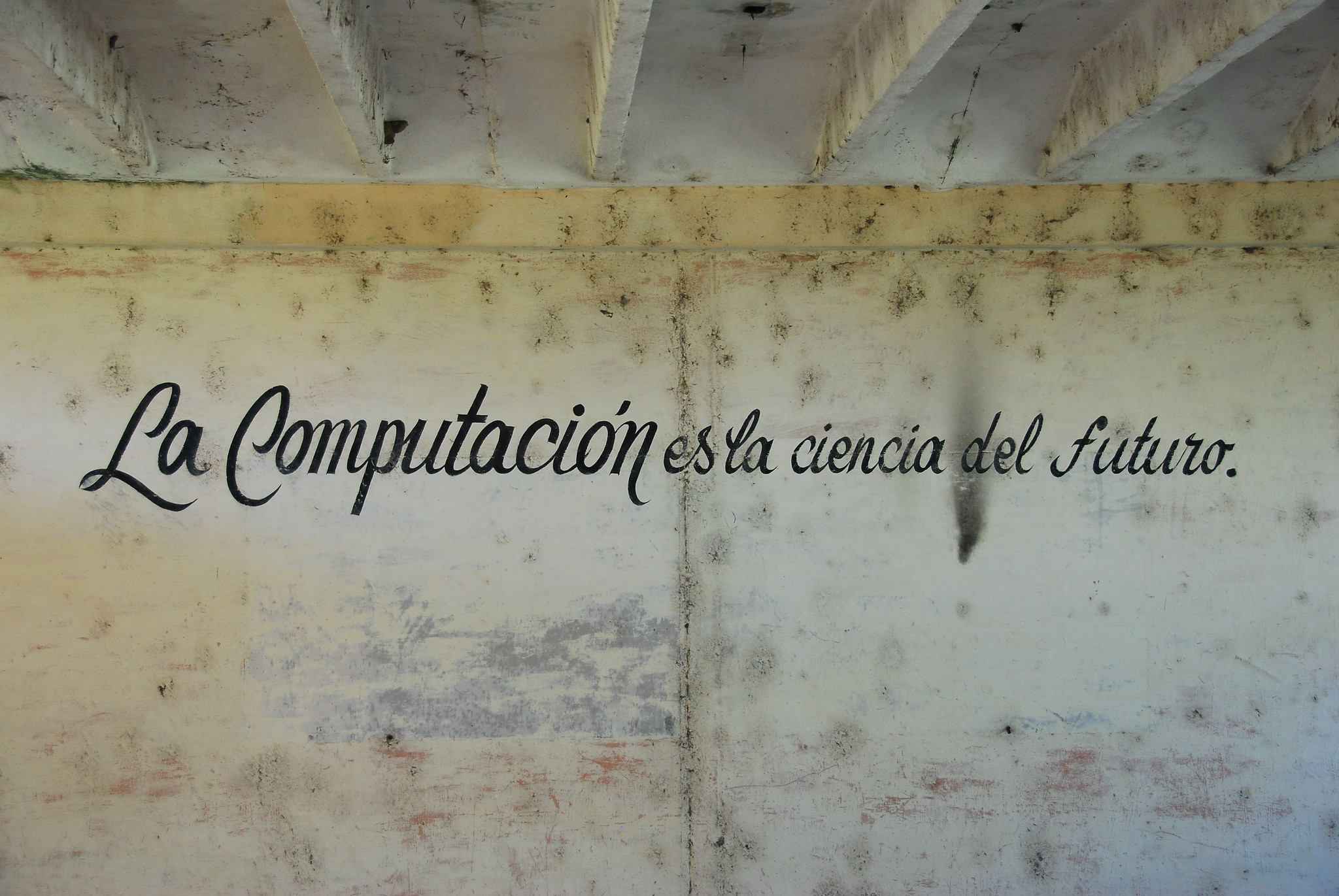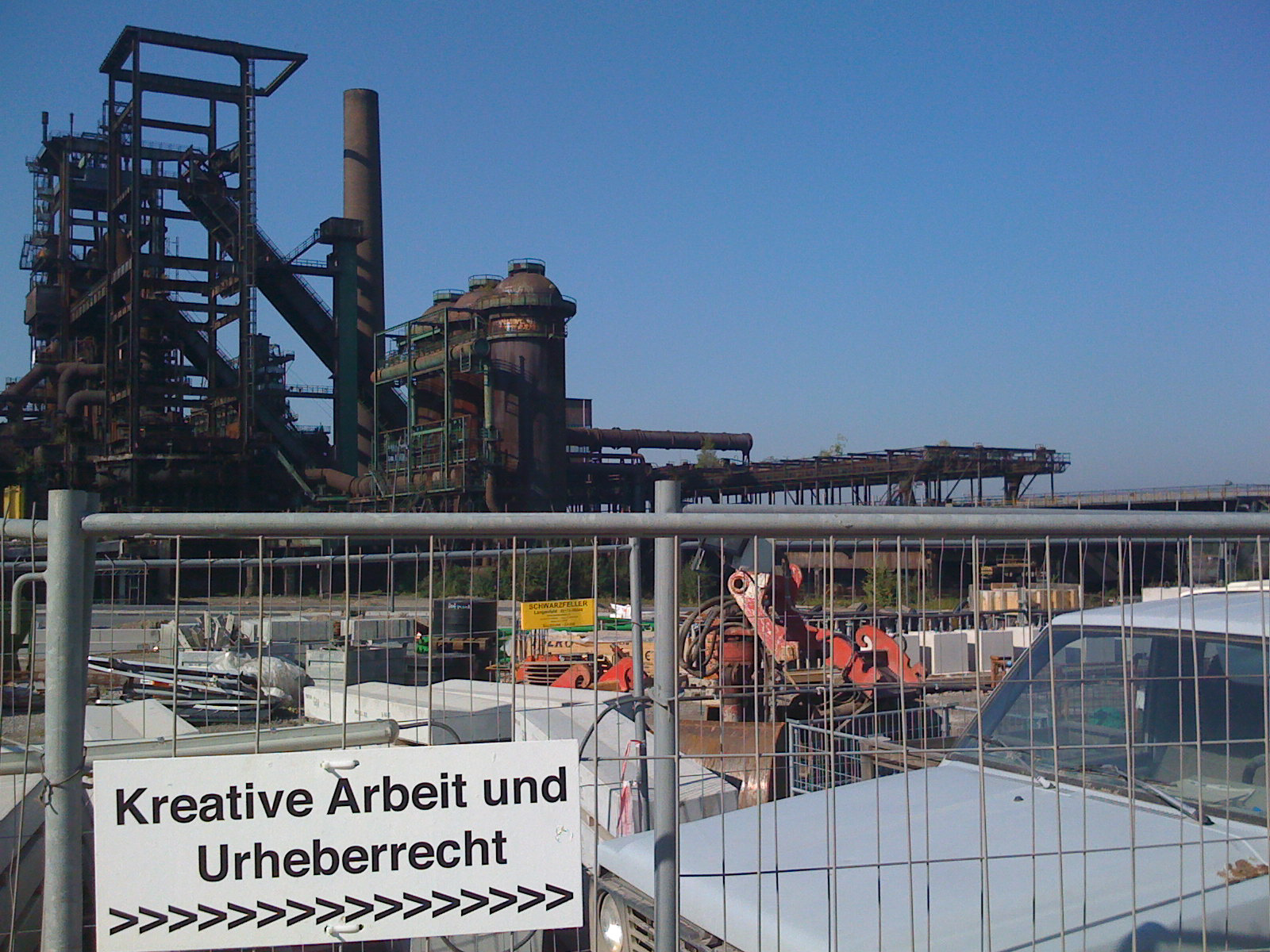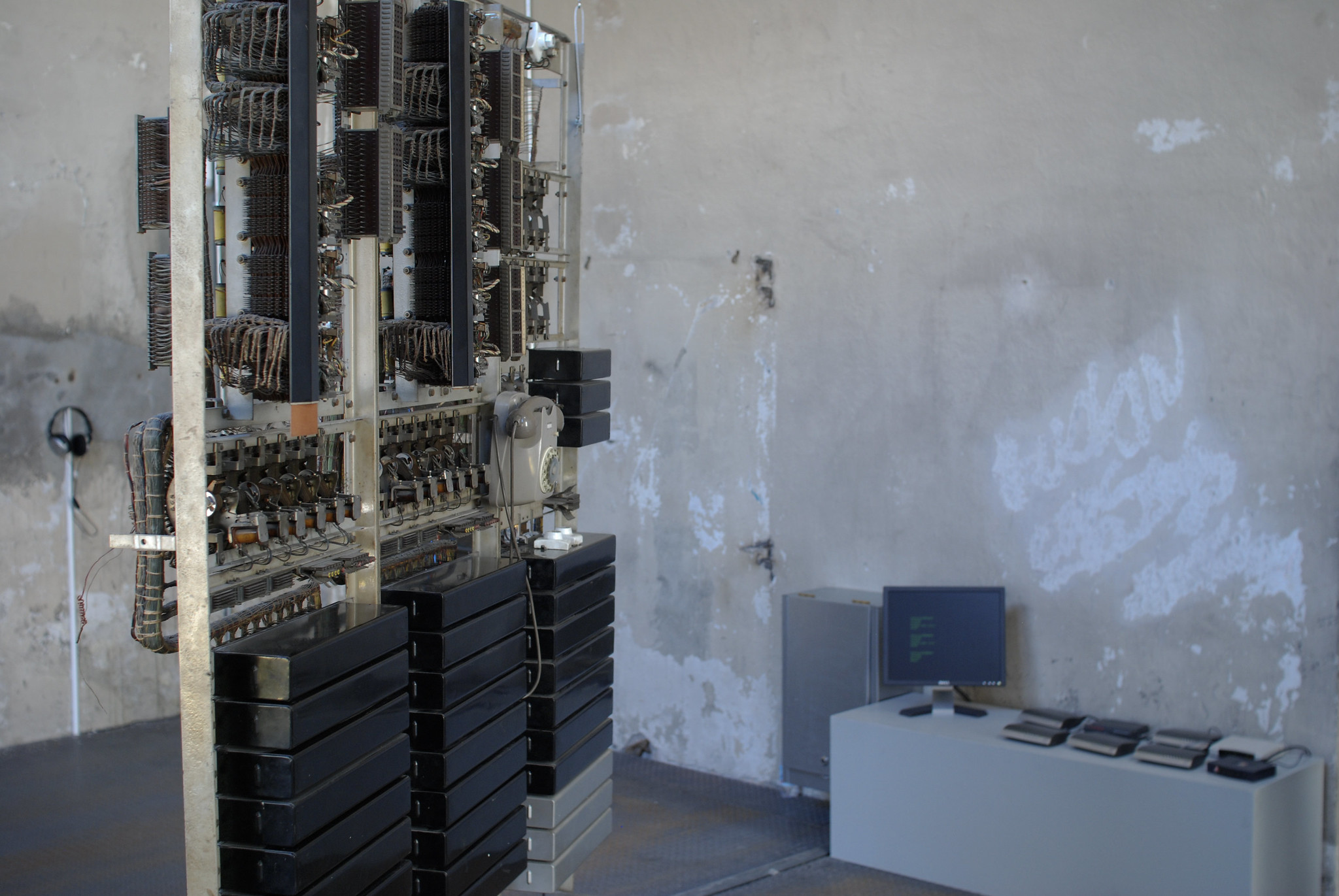The French/European advocacy group La Quadrature du Net (Squaring the Net) has issued an urgent appeal to act against a number of entertainment industry sponsored amendments to the legislative undertaking to reform the European law on electronic communications (“Telecoms Package”) which are currently being discussed by the European Parliament in Brussels. These amendments are aimed at closing the open architecture of the Internet and to introduce more control and surveillance of users as well as the introduction of censorship of internet communications by Internet Service Providers (ISPs) at the request of the entertainment industry and/or national governments:
European Internet users could be blocked from lawful activities by mandatory spyware, in the interests of their security. The right to use free software for internet access would therefore not be assured anymore. The neutrality of the Internet is also directly attacked, as is the principle that technical intermediaries have no obligation to prior surveillance of contents. Other amendments will de facto enable administrative authorities to obligate ISPs to work with content producers and rights-holders’ private police, including the sending of intimidating messages, with no judicial or regulatory oversight.
These measure goes further than the French “graduated response” project, which has been subject to widespread opposition, including by the European Parliament on April 10th. That is undoubtedly why those amendments have turned up on early July, and why those drafting them use subtle rhetoric and crossed-references to make the overall text harder to understand (more than 800 amendments on 5 directives were tabled).
“The politicians who engage in these summer manoeuvres dishonour Europe and their mandate. They rely on the fact that nobody watches them a week before Parliamentary holiday, to divert the Telecoms package from its primary objectives of consumer protection. They pave the way for the monitoring and filtering of the Internet by private companies, exceptional courts and orwellian technical measures. It is inconceivable for freedom but also for European economic development. We call on all MEPs to oppose what they have already rejected.” said Christophe Espern, co-founder of La Quadrature du Net (Squaring the Net).
These torpedo amendments are currently subject of a series of secret, back-room negotiations between a handful of MEPs who do not always understand all the implications of these issues. Accomplices of lobbyists who hold the pen are in every political party. Instructions for the plenary vote will be established this week for a vote in IMCO and ITRE committee on Monday, July 7th.
La Quadrature du Net has compiled detailed instructions on how to contact the Members of the European Parliament involved in this process and how to attempt to convince them that these amendments are extremely harmful to the interests of all European Internet users. More background information on the amendments in question can be found in this excellent (and very timely!) draft briefing paper on the Telecoms Package by Monica Horton. The paper also contains a very good summary of the core argument against introducing legislative measures that transform the position of ISPs from neutral providers of a bitstream into chain-dogs of the content industries and governments:
Why we should protect “mere conduit”?
The political issue here is that the “mere conduit” status of the ISP was put in place to protect individual privacy and freedom. Once this change to telecoms framework law is in place, “mere conduit” is effectively eroded, and this apparently small legal change will give corporations and governments control over the Internet which they have not previously been able to get. If it is legally possible for Internet content to be monitored and blocked to support copyright infringement, what is to stop it being used for other forms of censorship, including political purposes?
Under the current legal framework, we are protected from such censorship by the “mere conduit” status, combined with data protection law. It is therefore vital to retain that “mere conduit” status, in order to protect citizenship rights to communicate freely using the Internet.
And if we are going to make any changes at all to the ISP status, it must be properly and publicly debated and go through the full legislative scrutiny in a transparent manner, so that all stakeholders, including civil society, can input to it.
Apart from straightforward censorship at the ISP level these amendments also pave the way for the graduated response (three strikes and you are out) type regulation currently under discussion in France and the UK. If these stealth amendments will pass the EU parliament and get enacted they would undermine (if not reverse) the explicit condemnation of activities aimed at cutting off internet access from European Citizens passed by the same parliament back in April. Cory Doctorow has a spot-on observation regarding these insane propositions in yesterdays guardian which underlines why these henchmen of incompetent and inflexible corporate interests must be stopped.
So if you have a little time to spare, go contact your local MEP (especially in case (s)he is in the ITRE or IMCO committee) or bring this whole mess to the attention of friendly journalists to shine a bit more light on the whole affair.
p.s: The title of this post obviously refers of the song ‘we are not going to take it‘ by twisted sister.


